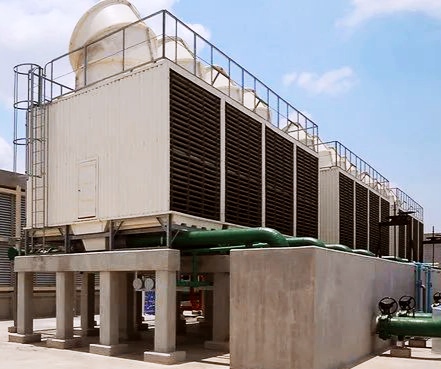Table of Contents
What is Cooling Tower?
A cooling tower is a special type of heat exchanger that releases waste heat to the atmosphere by bringing air and water into direct contact to lower the water temperature. It works on the basic principle of evaporative heat transfer.
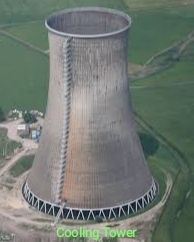
It is primarily used to cool large volumes of water so that it can be recirculated for circulation operations. Cooling towers are used in many industries such as thermal power plants, chemical industries, and refineries.
Different types of cooling towers are available depending on your requirements and weather conditions.
Types of Cooling Tower
1. Cross-flow Cooling Tower
As the name suggests, in cross-flow cooling towers the airflow is perpendicular to the water flow. Air enters the tower from the vertical direction, meets the fill inside the tower, and hot water enters the basin at the top of the tower. Gravity distributes the water evenly over the fill through the nozzles to keep the air flowing. As turbulent air flows through the fill, water enters open areas, improving air-water contact and providing effective cooling. Air is extracted from the system by an induction power train system.
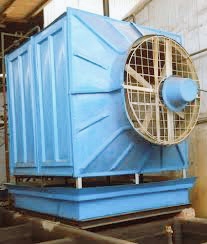
2. Counter-flow Cooling Tower
In this type of cooling tower, the air flows counter to the water flow. Air is drawn from the bottom of the cooling tower near the fill and into the open space of the cooling tower. Water flows into the packing medium in a direction parallel to but opposite to that of the air, increasing both the contact area and contact time. Cooling air removes heat from the water and increases heat transfer.
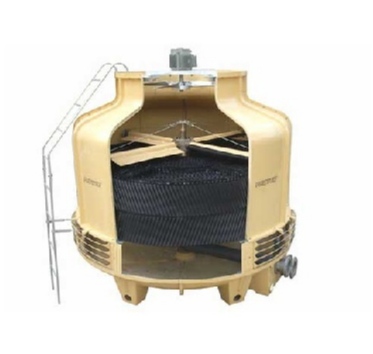
3. Natural Draft Cooling Tower
Natural draft cooling towers basically extract waste heat from the system and release it to the atmosphere. In this process, a series of pumps bring hot water to the top of the tower near the hot water inlet. A series of nozzles connected to a hot water inlet, used to spray the fill with water and distribute it throughout the tower. At the same time, air is introduced from the bottom of the tower and flows upwards. After that, it circulates in the cooling tower by natural convection. As the water flows down, it releases heat through evaporation, which mixes with the air flowing upwards, cooling the water. Chilled water is collected in a sump and used to cool a variety of hot process fluids.
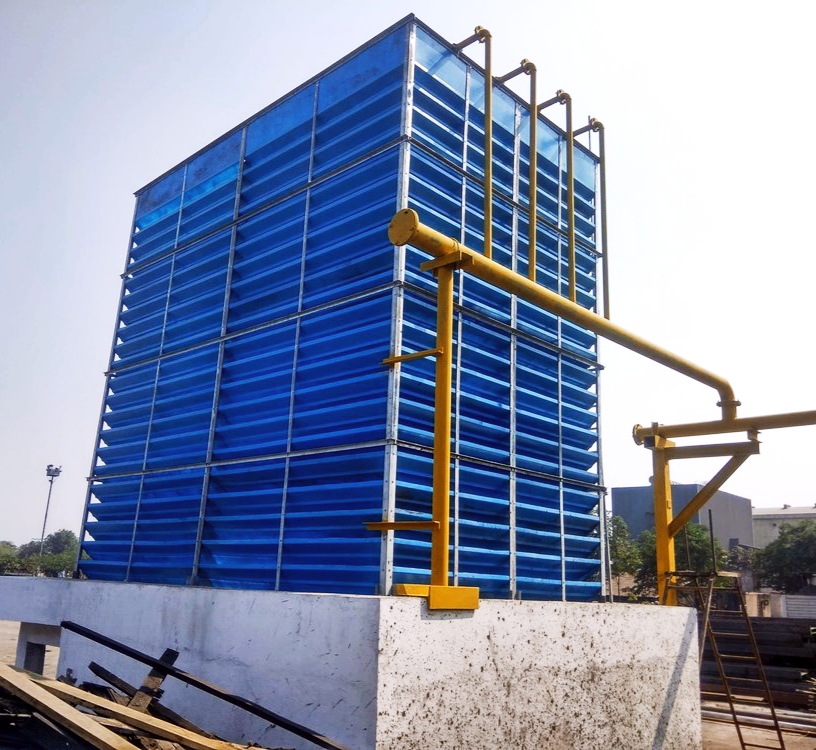
4. Mechanical Draft Cooling Tower
Mechanical draft cooling towers use mechanical devices such as fans and blowers to move air within the tower.

5. Dry Cooling Tower
It uses air instead of water called a dry cooling tower. It transfers heat to the atmosphere without evaporation and consumes relatively little water. This type of cooling tower works by convective heat transfer through surfaces that separate the liquid from the air. Ideal for cooling machining fluid.
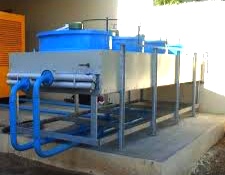
6. Wet Cooling Tower
Wet cooling towers are also called open circuit cooling towers. Works with evaporative cooling. Cooling water is pumped out of the system and distributed across the floor. Water vapor is added to the air, lowering the temperature of both the water and the air. Fillings play an important role in improving heat transfer by increasing contact area and contact time.

7. Closed Circuit Cooling Tower
It works on a similar principle to an open circuit cooling tower, with the difference that the process liquid does not come into contact with the cooling air. Inside the chiller are two independent external liquid circuits and coils. The coil isolates the process medium from the atmosphere and prevents contamination. An internal circuit circulates the process fluid in the coil and an external circuit circulates water over the coil to mix with the outside air. Heat is transferred from the internal circuit to the water and then to the atmosphere by evaporation of the water.
